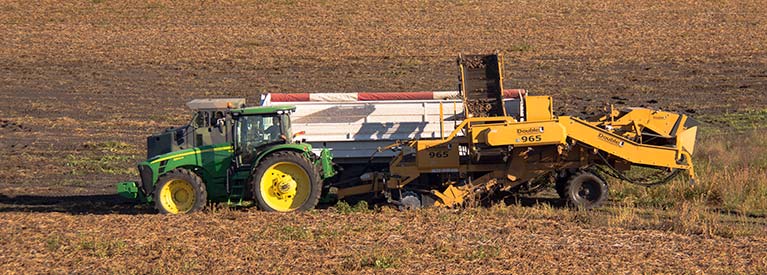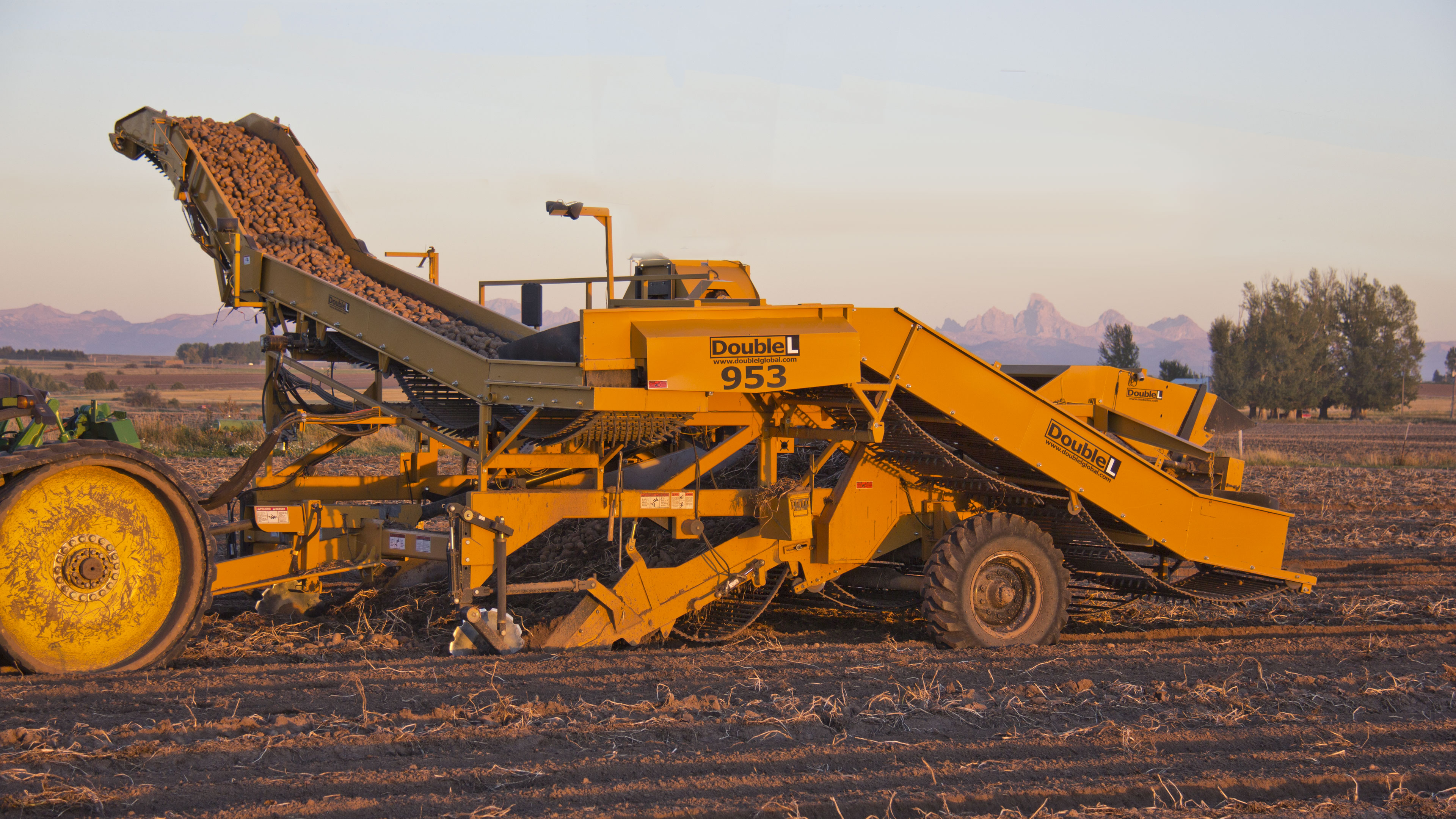
REDUCE BRUISE
The best way to get the most out of your harvester is to operate it at capacity. Engage ReturnFlow at the start of the row, and let it fill your machine. When the harvester is full, potatoes flow smoothly through the machine. Bruise from product rollbacks and transitions is reduced.

BOOST HARVESTER EFFICIENCY
Imagine how much faster you could dig a field if you never had to stop. ReturnFlow creates a 30-second window for smooth truck transitions. Just line your trucks up behind one another, and dig without any interruption.

COMPENSATE FOR CONDITIONS
Not every field is easy for trucks to drive through. Steep hills or deep sand can prove problematic for a truck and harvester trying to keep pace with one another. A tractor operator can engage ReturnFlow at the start of a row or at the bottom of a hill, dig at a comfortable speed, and allow trucks to avoid the risk of getting stuck in the field.

































